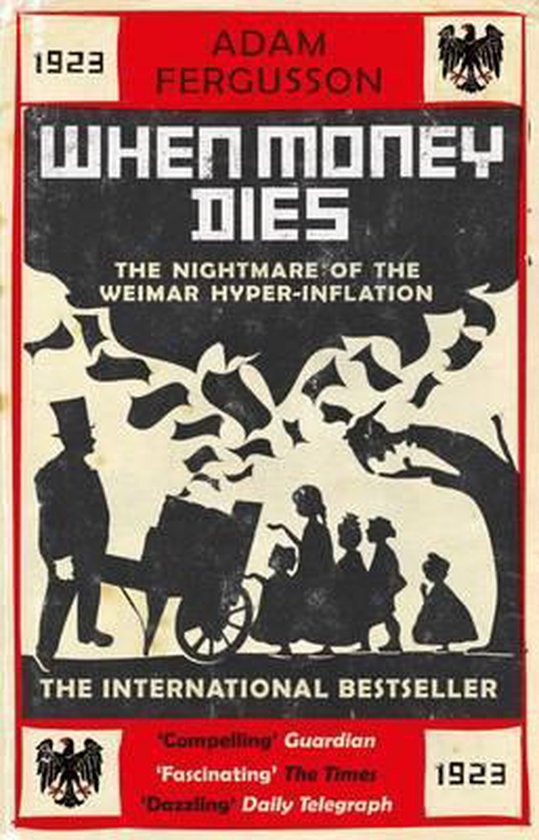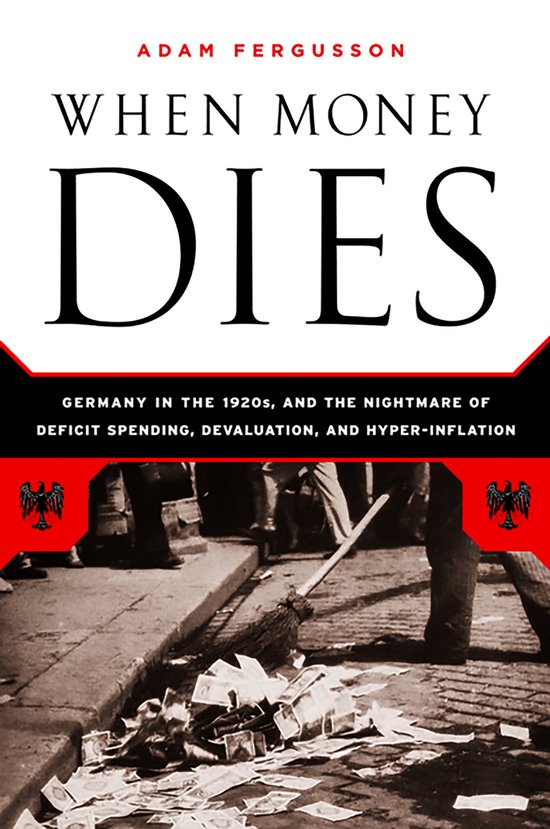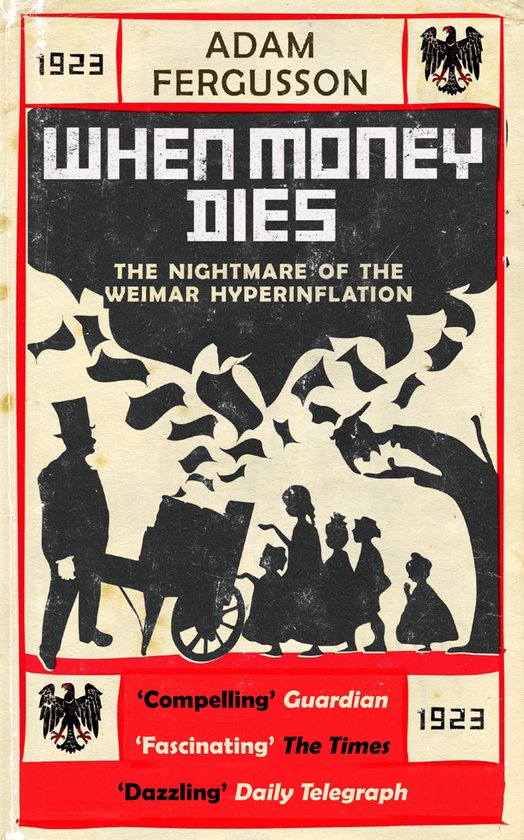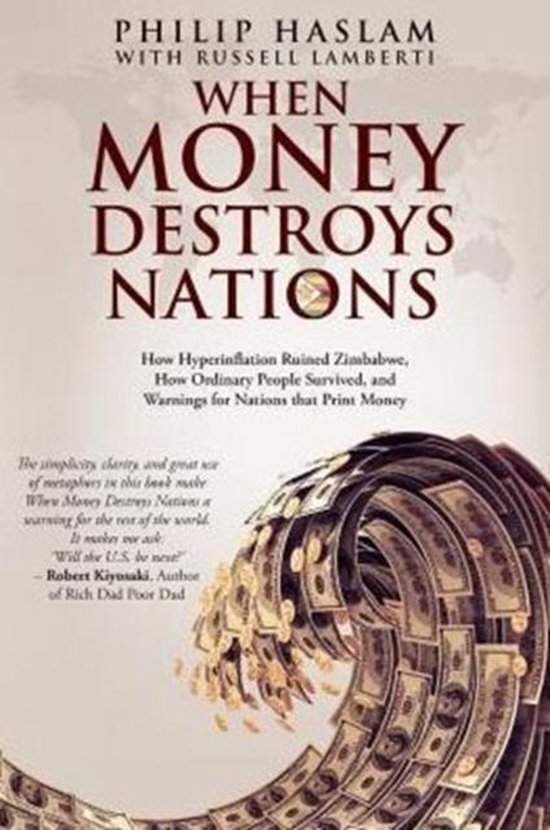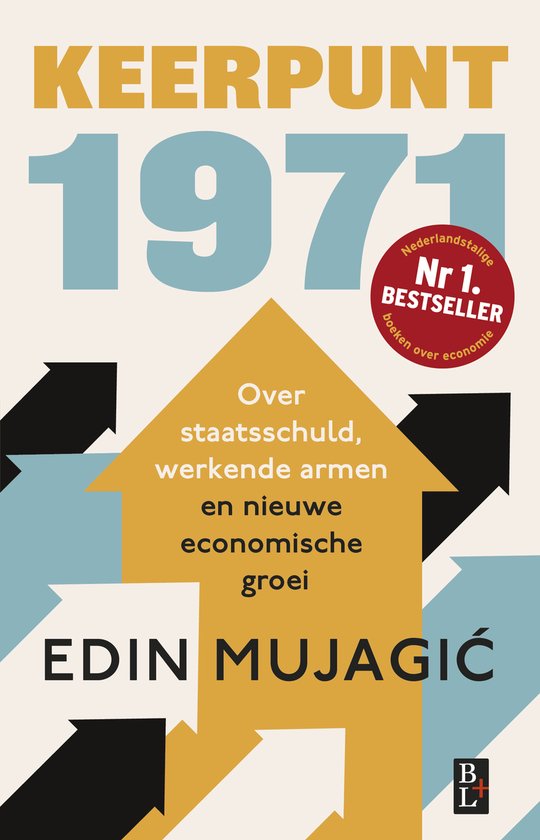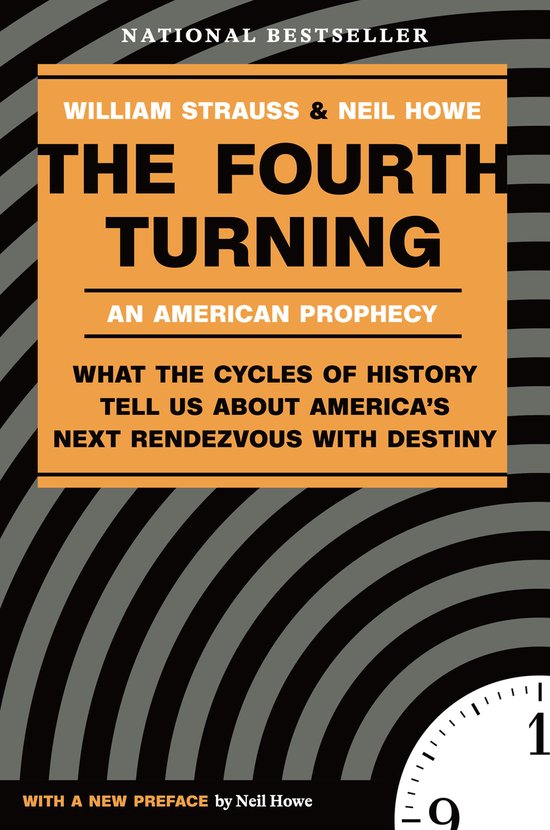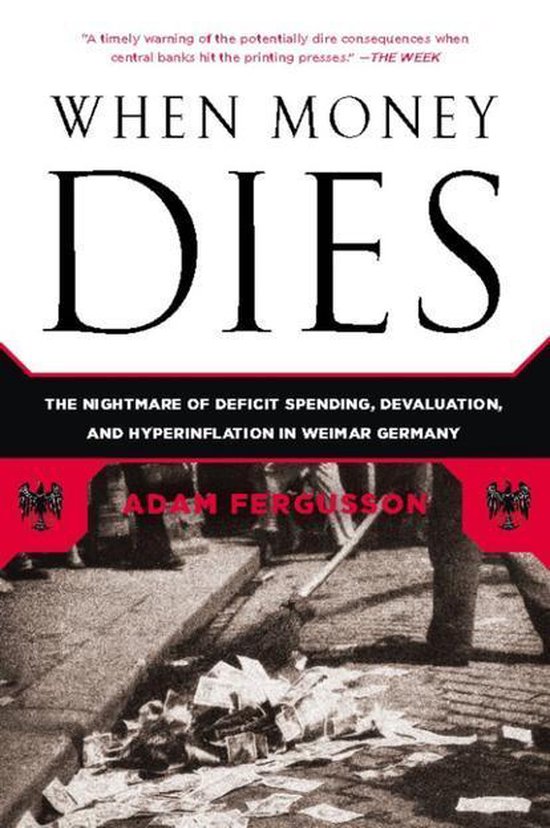
When Money Dies
Germany in 1914 had one of the world's most prosperous economies. By 1923 its currency, the Mark, was worth next to nothing. When Money Dies tells the story in stark human terms of what happens when a currency and a national economy perishes. Germany increased the circulation of the Mark to finance a series of staggering war reparations from World War I. The Mark depreciated at an astronomical rate. In November 1921, the Mark was at 250 to the dollar. By the following November, it was at 8,000 to the dollar. By January 1923 it was well over 50,000 to the dollar, and by July of the same year, it was at a whopping 174,000 to the dollar. By the end of 1923, the mark was dead and Germany was in the midst of a raging inflation that was impossible to control. Social misery and crippling economic instability followed. Citizens watched in horror as their life savings disappeared. It didn't take long for the middle class to be replaced by a new class: the new poor. Many struggled to find even the barest of necessities, and starvation raged. Soon communities printed their own money, based on goods such as potatoes or rye. Shoe factories paid their workers in bonds for shoes which they could exchange at the bakery for bread or the meat market for meat. As Fergusson describes it: ""In hyperinflation, a kilo of potatoes was worth, to some, more than the family silver; a side of pork more than the grand piano. A prostitute in the family was better than an infant corpse; theft was preferable to starvation; warmth was finer than honor; clothing more essential than democracy, food more needed than freedom."" People in search of someone to blame picked upon other classes, other races, other political parties, other nations. They were in large measure still blaming not the disease but the symptoms. There was communal hatred, which was new. There was social resentment, which was new. There was bribery and corruption: that was new. This was Germany in 1923: a great power at the height of its ambition that produced the greatest national financial disaster in recent history. It could never happen here. Or could it?
| Auteur | | Adam Fergusson |
| Taal | | Engels |
| Type | | E-book |
| Categorie | | Economie & Financiën |
